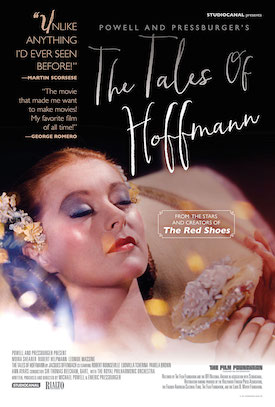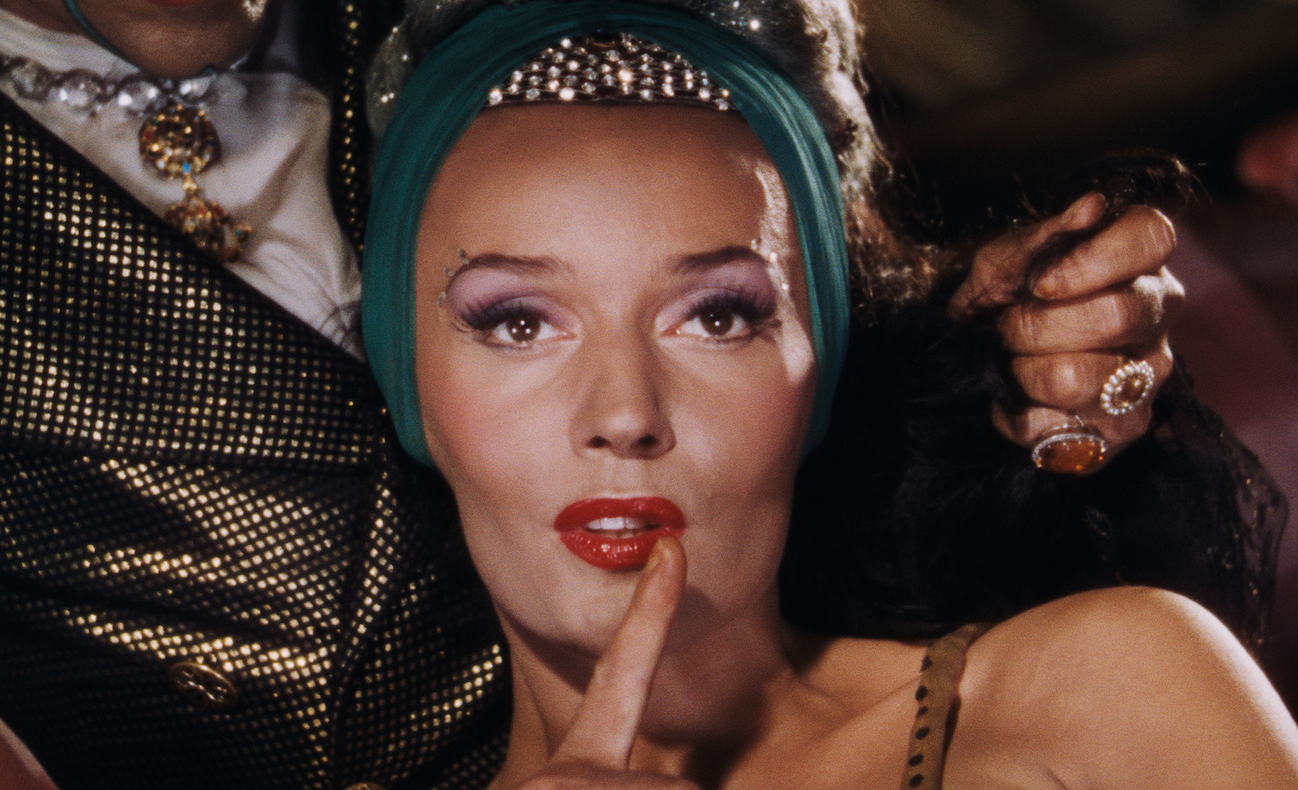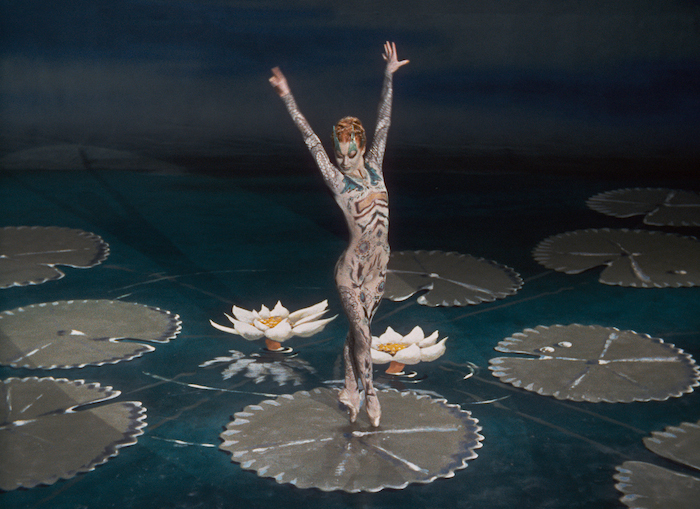 As far as I’m concerned, some of the greatest films ever made were a result of the partnership between Michael Powell (1905-1990) and Emeric Pressburger (1902-1988) whose production company was known as The Archers. The British filmmakers collaborated over a period of 30 years on exquisite films such as The Life and Death of Colonel Blimp (1943), I Know Where I’m Going! (1945), A Matter of Life and Death (1946, called Stairway to Heaven in this country), Black Narcissus (1947), The Red Shoes (1948), and Gone to Earth (1950). One of their most unusual, innovative, and gorgeous collaborations was The Tales of Hoffmann based on the opera by Jacques Offenbach.
As far as I’m concerned, some of the greatest films ever made were a result of the partnership between Michael Powell (1905-1990) and Emeric Pressburger (1902-1988) whose production company was known as The Archers. The British filmmakers collaborated over a period of 30 years on exquisite films such as The Life and Death of Colonel Blimp (1943), I Know Where I’m Going! (1945), A Matter of Life and Death (1946, called Stairway to Heaven in this country), Black Narcissus (1947), The Red Shoes (1948), and Gone to Earth (1950). One of their most unusual, innovative, and gorgeous collaborations was The Tales of Hoffmann based on the opera by Jacques Offenbach.
Michael Powell’s widow, Martin Scorsese’s Oscar-winning editor, Thelma Schoonmaker Powell, has supervised, along with Scorsese, a spectacular 4K digital restoration of this Technicolor marvel. I was lucky enough to see it screened the other day at The Cinefamily in Los Angeles and was floored by its beauty and innovation.
Think you don’t like opera? Think again. While the film is faithful to Offenbach’s 1881 work, the French libretto is presented in English. The film, shot in only 17 days with music performed by the Royal Philharmonic Orchestra under the direction of Sir Thomas Beacham, depicts the romantic adventures of Hoffmann (Richard Rounseville) in three acts (The Tale of Olympia with Moira Shearer, The Tale of Giulietta with Ludmilla Tchérina, and The Tale of Antonia with Ann Ayars). I found the very stylistic film riveting from beginning to end. While Rounseville and opera star Ann Ayars sing their own parts, many of the other actors, including the luminous Moira Shearer, Robert Helpmann, Léonide Massine, and Pamela Brown are dubbed by leading singers of the day, all of whom are given their own accolades in the filmed but never-before-seen epilogue that has been restored for this film in which each performer and corresponding voice star bow to each other in glorious Technicolor.
Working from the original Technicolor three-strip nitrate camera negative, the restoration includes not only the epilogue but newly discovered sections from Act 3 which were missing from previous versions of the film. Though the film was nominated for two Academy Awards, won the Silver Bear at the 1951 Berlin International Film Festival, and the Prix Exceptionnel at the Cannes Film Festival, it was not met with universal acclaim. Writing for The New York Times, critic Bosley Crowther praised the score but called the film “a vastly wearying show,” claiming “it sates the senses without striking any real dramatic fire.” In 1952, however, Cecil B. DeMille wrote Powell and Pressburger a letter in which he said, “For the first time in my life, I was treated to Grand Opera where the beauty, power, and scope of the music was equally matched by the visual presentation.” Martin Scorsese, who says he’s “rather obsessed” by the movie, said that the the film was a major influence on his editing of Raging Bull. George Romero cites The Tales of Hoffmann as his favorite film of all time and said it was “the movie that made me want to make movies.”


